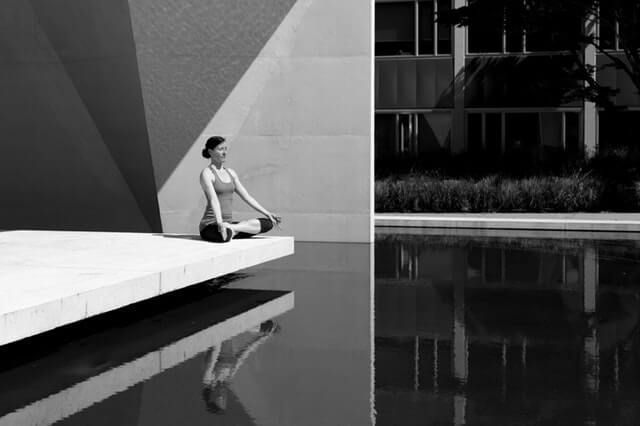This is the third part of a four part blog post on the standing forward fold yoga pose. If you haven’t yet, please go back and read parts one and two. By following the first link, you can read more about disengaging the toe pads. The second link contains information on the proper alignment of the pelvis and legs. If you’ve already read those posts, continue reading below.
Standing Forward Fold Yoga Pose Cue 3: Sit Bones Elevate or Rise to the Ceiling
Most students have difficulty identifying their sit bones, and some mistake them for hip joints. At the bottom of the pelvic blade (ilium) is a rounded knob like structure protruding from the ischium, the sit bone. The rounded sit bone (ischial tuberosity) is best felt when sitting on a hard chair or school bleacher while performing a forward and backward pelvic rocking motion. This area is also the attachment for hamstring muscles, adductor magnus muscle, and the sacrotuberous ligament (sciatica, piriformis syndrome). As the pelvis sways behind the feet, the sit bones are also carried back behind the feet.
At maximum horizontal pelvic sway, the sit bones can begin to elevate. They rise to the ceiling allowing the crown of the head to posture toward the floor without tucking the chin to the chest or closing off the front of the throat area. At the same time, the eyes will see about 6-15 feet behind the heels. You should see not just the floor in front of the toes, but all the way back. Instead of cueing “press the hips up,” suggest elevating the sit bones to the ceiling. A reminder about bending the knees as much as needed is also helpful, as well as placing hands on a yoga block that is positioned close to or between the feet, if necessary.
Are you interested in how yoga and somatic education can complement each other? Contact us today to learn more.

